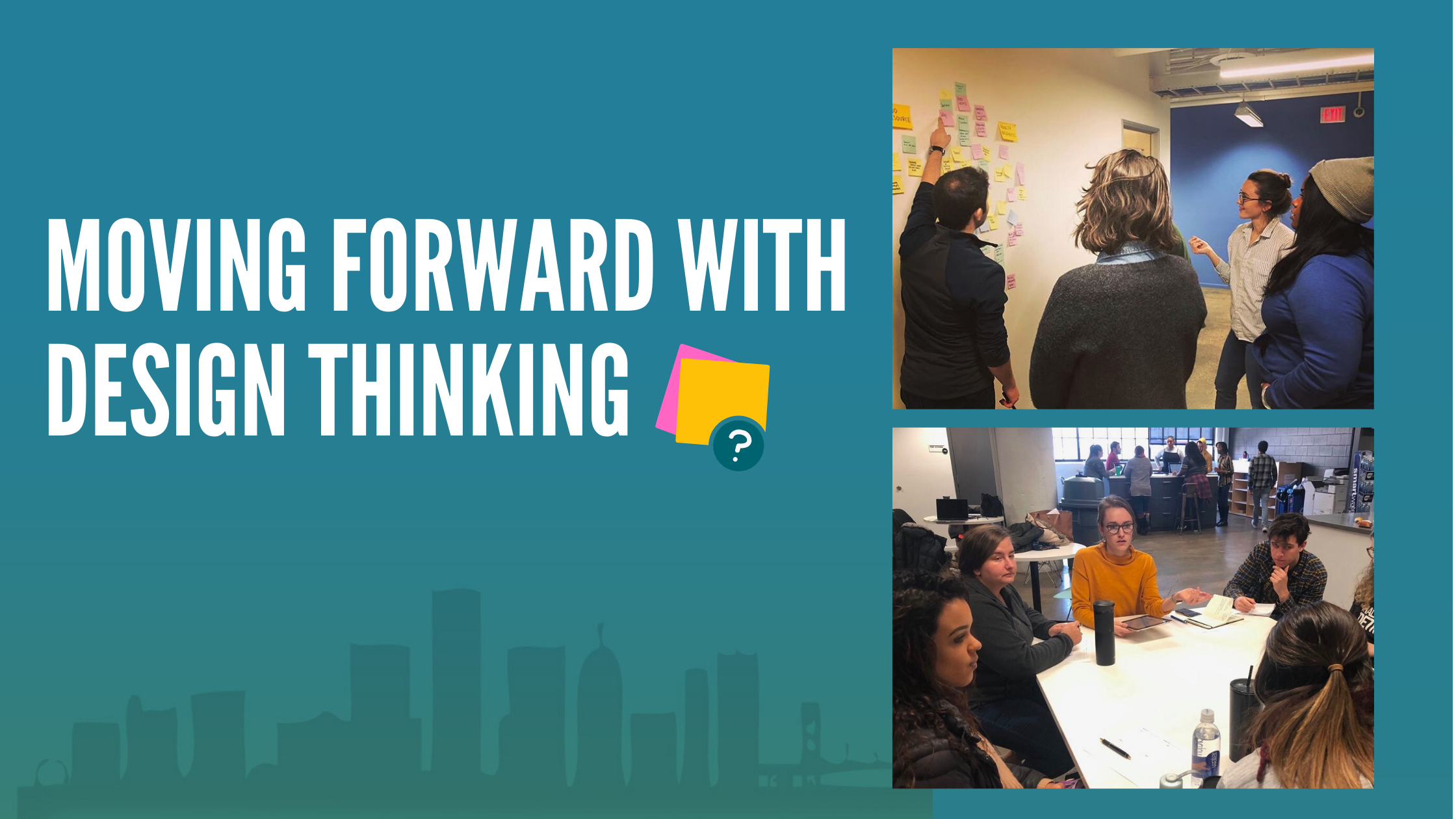This year, Design Thinking pushed me to think critically about how I approach my work and as the fellowship draws to a close, there’s a great opportunity to continue practicing and applying the parts of Design Thinking that I’ve found most meaningful. Here are three aspects of Design Thinking I’m particularly grateful to have learned and will come back to as I continue to work with, and for, people:
Normalize starting over
Design Thinking normalizes admitting something isn’t working, going back to the beginning, and starting again using what you’ve learned. Communities are built on complex relationships that lead to unexpected developments and don’t fit into “streamlined workflows.” Letting go of linear processes leaves time for meaningful insights that spur from the joy and natural improvisation that comes when you prioritize relationships.
Slowing it down
Responsible community work requires an intentional approach that’s inherently slow. It’s important that it stays that way. Traditional work environments prioritize acting quickly and reaching conclusions. When you do that, you risk glazing over root causes and can end with a final product that, at its worst, does more harm than good. I’m not suggesting sitting back in truly urgent situations but it’s important to reflect on the motivation to produce quickly and why authentic, human-centered approaches are often the first to go when the pressure is on.
Humility over presumption
This year, we prioritized listening first and then offering our partners recommendations–not answers. This small distinction in language because is important because it emphasizes humility rather than a presumption that we’ve “figured it out.” Admitting that you’re not an expert and that you don’t have all of the answers goes against the norm but it leaves important space for continued collaboration and for ideas to evolve with time.
Entering this fellowship, I didn’t think that our cohort alone would be solving any deeply rooted systemic problems during our short six week projects. The scopes of our projects and the ideas in our deliverables were never meant to do that. Design Thinking alone won’t provide solutions to deeply broken social structures, but aspects of it have a definite place in Good Work if all voices are authentically invited into conversation to create adaptable responses to important questions.
So, as our cohort packs up our sticky notes and closes out the year, I’m excited to continue exercising this new Design Thinking muscle as I move forward so I can slow it down, adapt it, and apply it in new ways.

